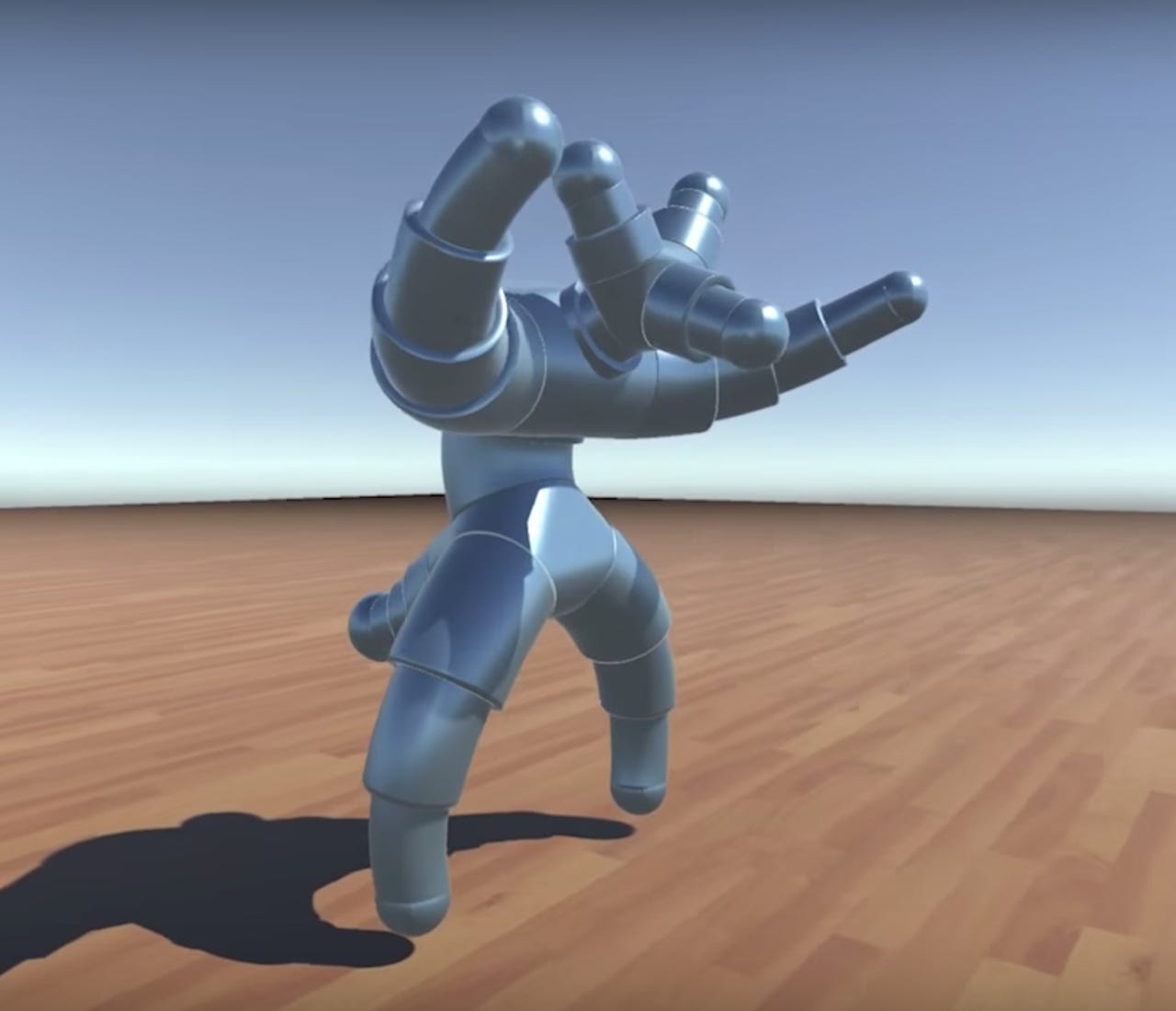Telescoping robots can shrink to travel


The SIGGRAPH Conference on Computer Graphics and Interactive Techniques just wrapped up here in Los Angeles, and one of the presentations may change how some robots are designed.
We've seen origami robots, which unfold themselves after deployment. Now researchers from Carnegie Mellon are experimenting with 3D structures "that can bend and twist, enabling robots of various shapes to collapse themselves for transport or entering tiny spaces," according to a university spokesman.
Most telescoping devices consist of a simple set of straight, nested cylinders. Creating intricately curving shapes that telescope down presents complex design and engineering challenges, which is why you don't see many collapsible consumer products that aren't linear and tubular.
In fact, little work has been done to determine what shapes can be made to telescope.
In their study, CMU Assistant Professors Keenan Crane and Stelian Coros, along with computer science Ph.D. student Christopher Yu, set out to answer that question and to develop computational methods for designing and fabricating those shapes.
"Telescoping mechanisms are useful for designing deployable structures," said Crane. "They can collapse down into really small volumes and, when you need them, are easily expanded."
That's especially pertinent for robots that search through rubble for survivors or, in the case of the Fukushima disaster, attempt to map a debris-ridden environment humans can't enter.
The researchers figured out that spherical, ring-shaped and helical telescopes are possible. Using algorithms they devised, designers can quite easily design a telescoping structure that can extend or contract without bumping into itself.
Among the designs created so far are a collapsible shelter, a reconfigurable arm, and a multi-jointed lizard. They also designed a robotic arm and claw that, in horror movie fashion, could emerge from a compact cylinder and reach up and over obstacles.